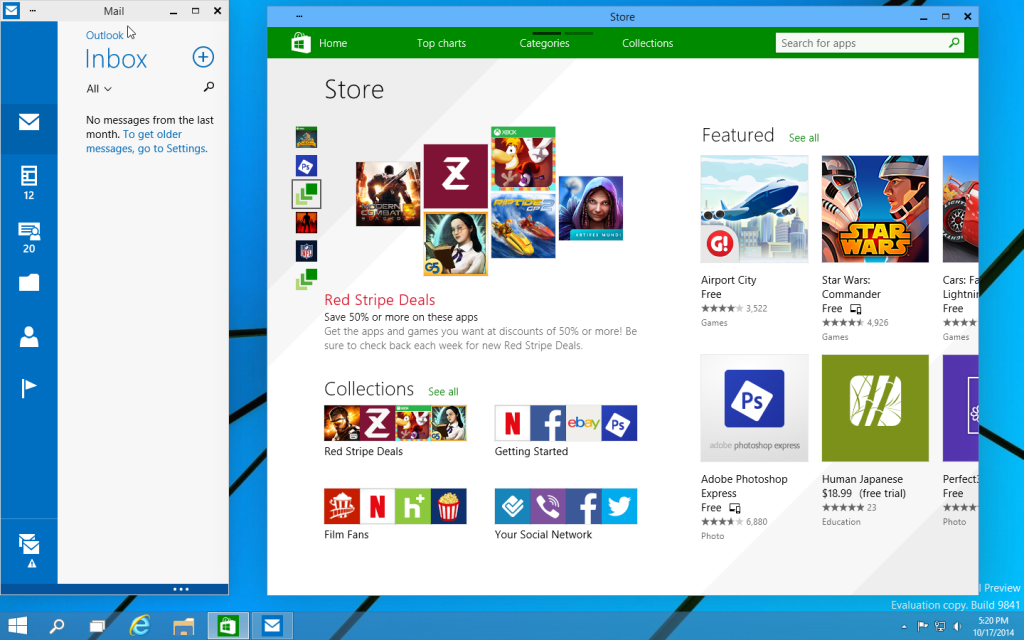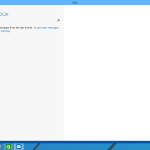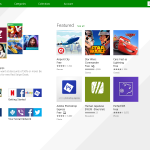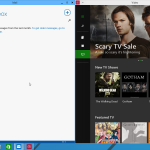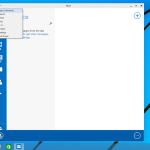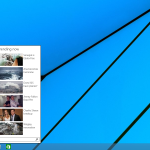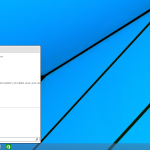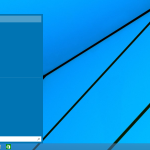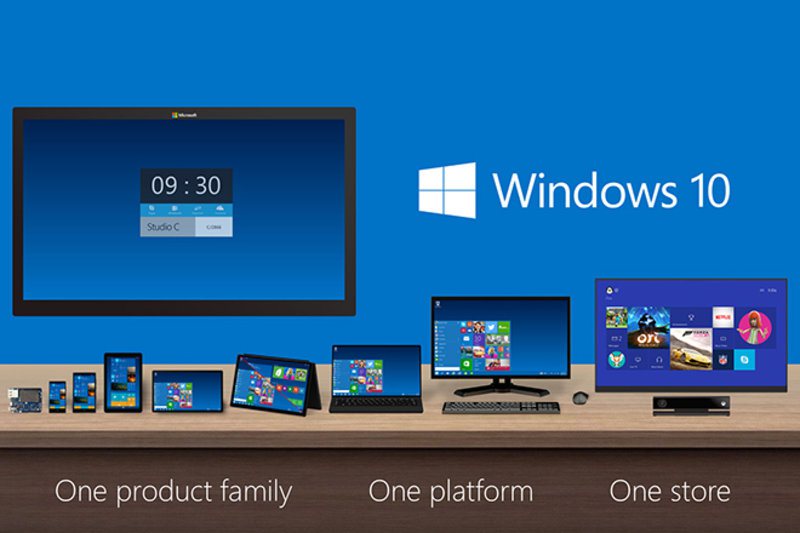MODERN APPS
Modern Apps are lightweight applications introduced with Windows 8. They differ from traditional x86 applications in that they are smaller, use less memory and are easily ported to Microsoft’s other platforms such as Windows Phone and Xbox One, as they don’t run natively. They’re also sandboxed and can only be installed via Microsoft’s built-in Store application. This means they’re much safer for users as they don’t present the threat of possible mal-ware.
While all of that sounds great, one of the biggest complaints about these applications is that they can only run in full-screen. Many users found this to be jarring and disruptive of their regular workflow.
In Windows 10 Microsoft is changing this by finally allowing Modern Apps to run in windowed mode and adding traditional Minimize, Maximize and Close buttons to them as well as a menu button which provides quick access to App Commands and other functions.
These changes allow users to essentially treat Modern Apps like any other application on the desktop. You can pin them side-by-side (but not in the corner, as they seem to have a fixed height), run them in maximized view with the taskbar and window controls still visible or in full-screen as before which usually works best on tablets and touchscreen devices.
We would have liked to see the ability to pin more than two Modern apps at a time as you can with regular desktop (x86) applications. We believe most users will find it strange that they are able to pin some applications in the corners of the screen, but not others. Hopefully this is something Microsoft will address before final release.
SEARCH
As we mentioned earlier, along with the new Task View button Microsoft has also added a dedicated Search button to the taskbar. It’s worth noting that both of these buttons are fixed and cannot be moved or hidden.
Pressing the aforementioned button opens up the dedicated Search window that consists of nothing but search bar as well as a list of the top trending search results provided by Bing. Actually searching for something will bring you a mix of Bing search results and local results like applications or files that match your search query.
This seems redundant since the search bar in the Start Menu provides much of the same functionality. I can only assume this is because the Search button is merely a placeholder for Microsoft’s Cortana voice-assistant. Which has been said to be coming to Windows 10 – I for one hope this is actually the case, otherwise Microsoft should probably re-think having a dedicated search button that offers no new features.
FINAL THOUGHTS
Microsoft has received a lot of heat since it released Windows 8 in 2012, and most of it was well deserved. While I personally have learned to adapt my workflow and find Windows 8 (especially after the changes made in 8.1), to be at its core a great operating-system. I understand why many people dislike it. It isn’t because it has bad ideas. If anything, I’d say Windows 8 has some of Microsoft’s best ideas, but it’s because Microsoft seems to be trying so hard to keep up with the changes in the market that they’re actually trying to force their users to change the way they use their computers.
Simplicity and ease of use are great, but when you change an entire UI to meet the lowest common denominator while completely forgetting an entire group of users, a group that represents a majority of your market – that’s biting the hand that feeds you.
Thankfully, with Windows 10 Microsoft has seemed to learn from their mistakes. – They’ve taken 2 steps back and 10 steps forward with their approach to creating an OS that is built to be ran on a variety of different devices, ranging from traditional desktops, tablets and convertibles and even game consoles.
Windows 10 may not be finished but the Technical Preview they’ve released, which they claim only showcases less than 10% of the overall features and improvements they plan to offer, shows great strides at providing a unified experience for all the different devices it’s meant to run on and their users.
Microsoft says they will be showing a lot more in the coming months and Windows 10 is expected to be released Q4 2015. I, for one, am very excited.
 Technology X Tomorrow's Technology Today!
Technology X Tomorrow's Technology Today!

